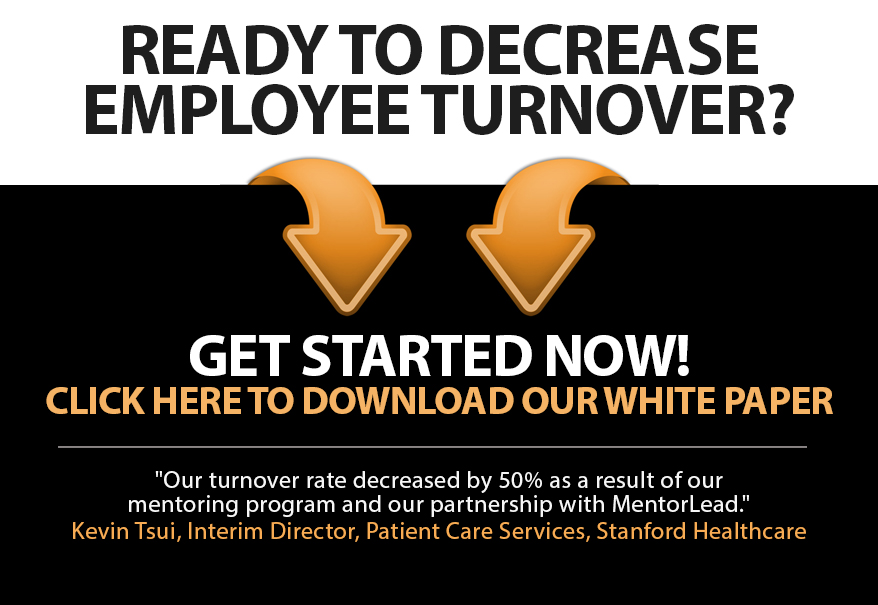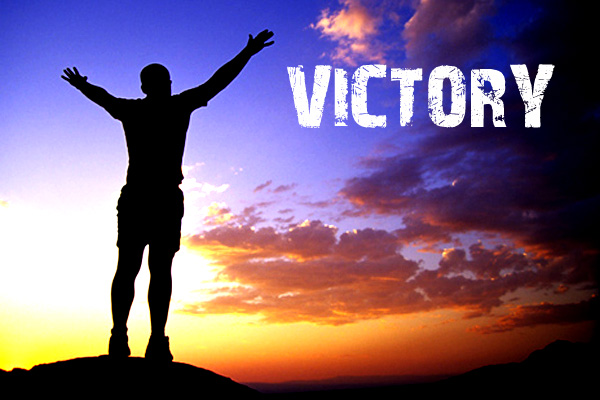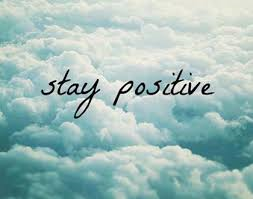
Everyone Carries a Backstory…We Just Need to Be Interested In It
I walked into a workshop this week to find 6 people in the room:
- A large Italian man who looked like a body-builder
- A shy, tattooed man with a soft voice and wide eyes
- A calm, completely bald man wearing a Hawaiian shirt
- An outspoken, older Asian-American woman with long, gray hair
- A tall blond woman with a girlish voice and dramatic bangs
- A young, stylish African-American man sporting a flat-rimmed cap backwards
When the workshop started, the facilitator asked us to stand up and share, not what we do for a living, but a story about what led us to do what we do.
Here’s what I discovered:
- The large man is a chiropractor who takes steroids for an incurable disease.
- The tattooed man is an ex-convict who saved his soul through his health and is now a physical trainer for executives.
- The bald man grew up in a Buddhist monastery and is now a sought-after business coach.
- The Asian-American woman turned to nature to find sobriety and now runs a non-profit focused on the environment.
- The blond grew up mute and dyslexic and is now a PhD in learning behaviors.
- The African-American man grew up in the projects and is now a financially independent entrepreneur. (And he is engaged to the blond – they met on Tinder.)
Had we introduced ourselves with only our job titles, we would have been left with the assumptions we made about each other and the stories we have about those titles… never allowing us to connect deeply. We would have heard: I’m a chiropractor. I’m a personal trainer. I’m a coach. I’m a non-profit director. I’m a doctorate. I’m a businessman.
Instead, we experienced an unexpected Breakfast Club moment.
What we look like is not who we are. What we do is not who we are. Our journey is who we are. Titles shortchange us of discovering the journey – the why behind the title. Without the journey, we are left with our stories and assumptions. And as a result, our connections remain shallow and lack trust.
So let’s not stop at, “What do you do?”
Let’s dig deeper and ask, “What led you to that role?” “What was your journey?” or “What’s your story?”






